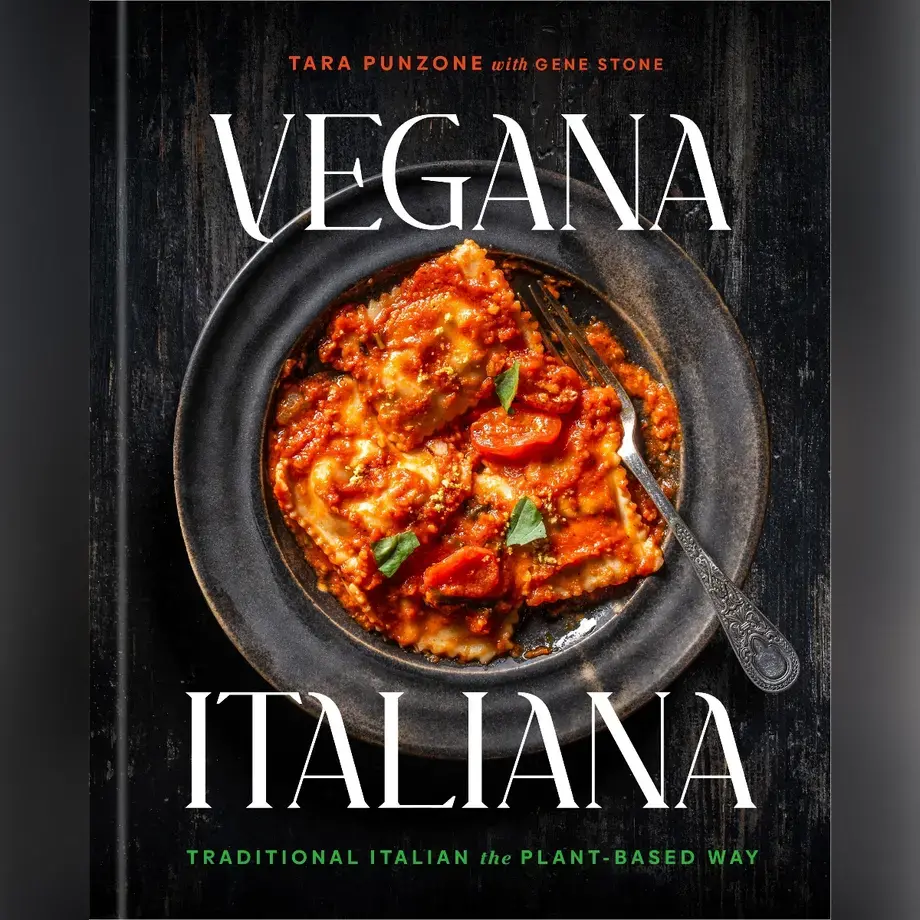If you search for a recipe for scrambled eggs online, there is a very good chance you will encounter the same instructions and ingredients. One such ingredient is good quality milk. A little, a lot, half a glass, one glass, fresh, partially skimmed or non-skimmed: there really is a huge variety of indications concerning milk in this apparently simple recipe. For this same reason, it is difficult to ascertain whether milk is actually an essential ingredient for making your scrambled eggs or, conversely, it risks ruining the end result.
However, when faced with the scientific facts all doubts vanish and culinary myths are debunked. So it is with milk in scrambled eggs: the answer is no, that damned glass (or half glass) of milk, whatever its nature, is best left out of your dish. In fact, milk could spoil it all together.











